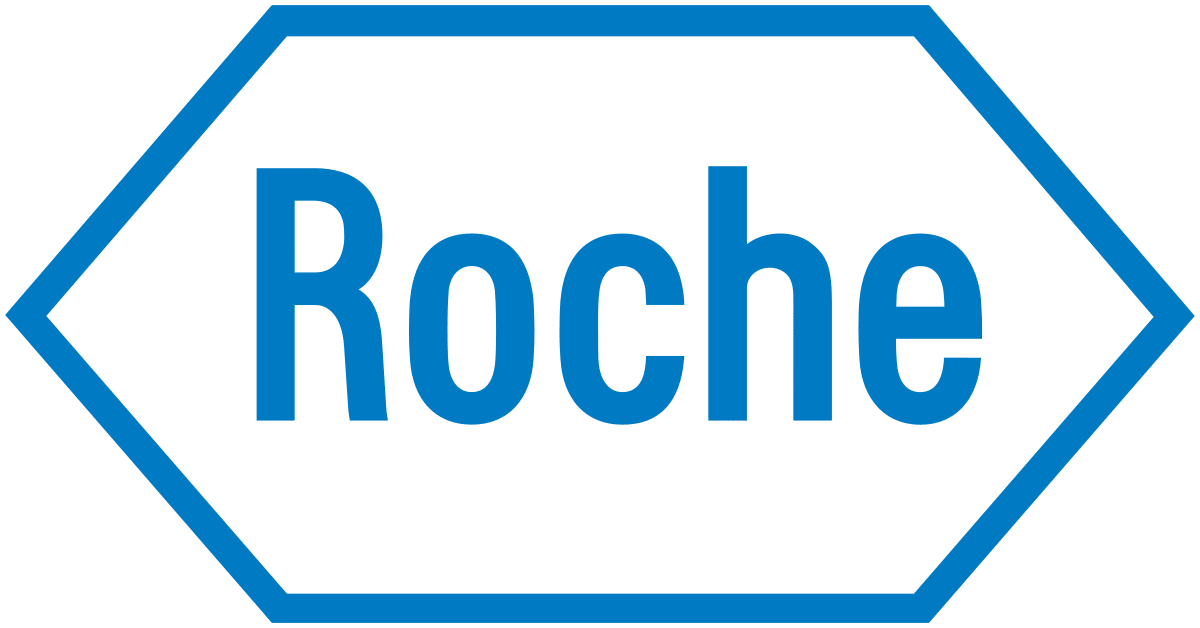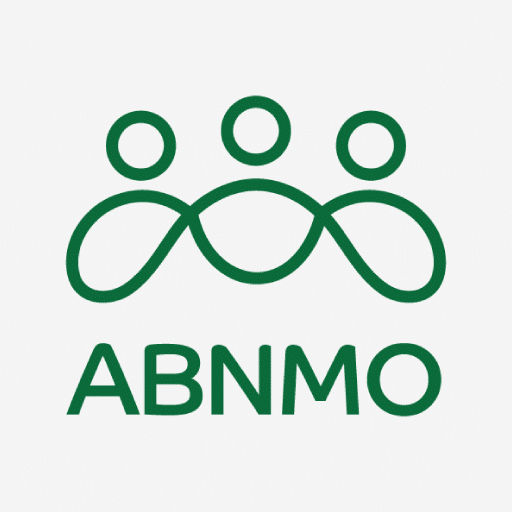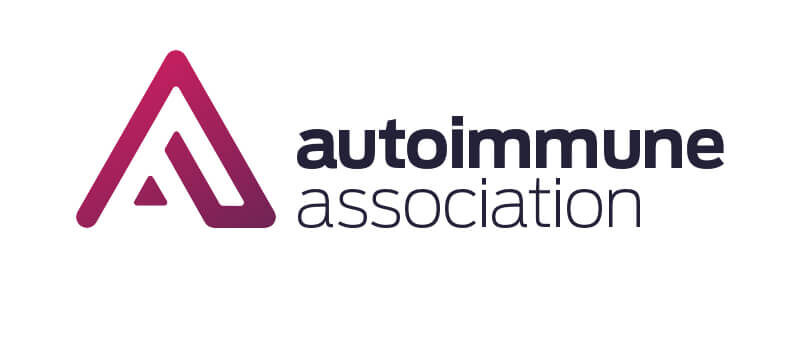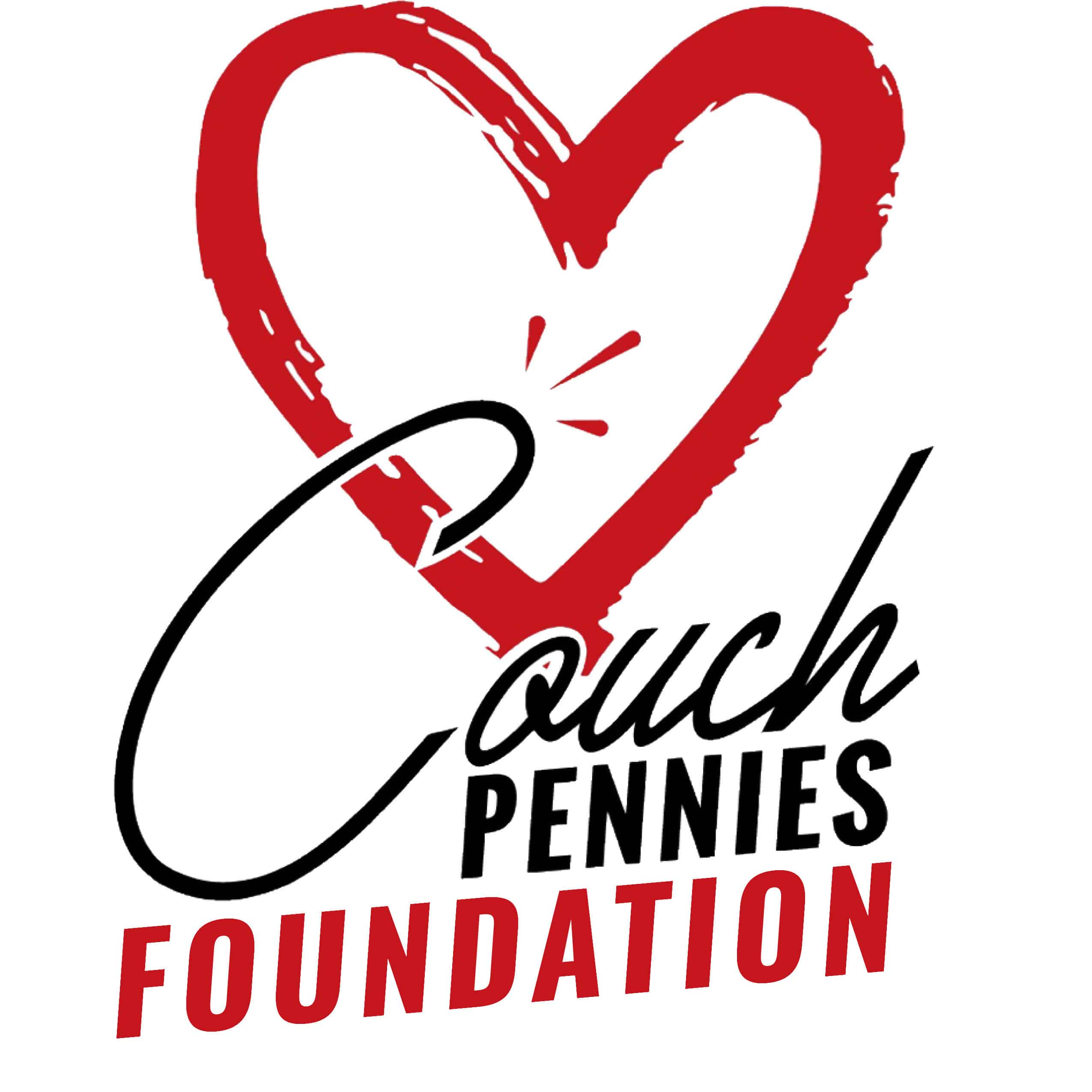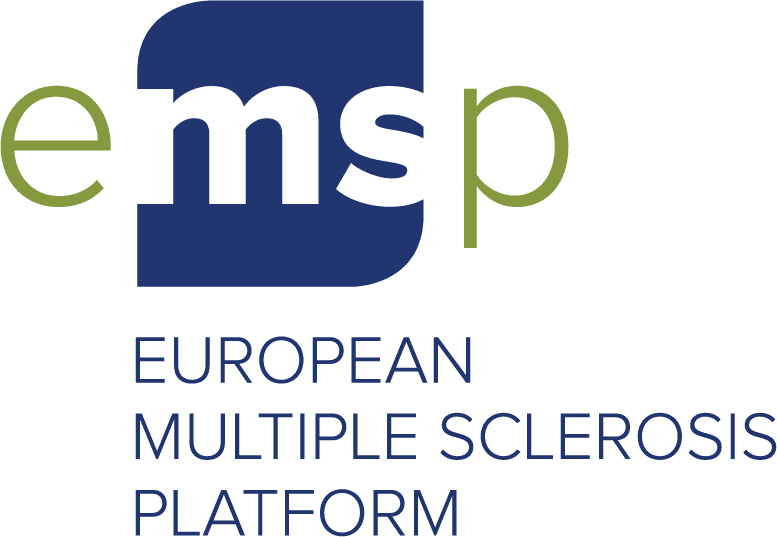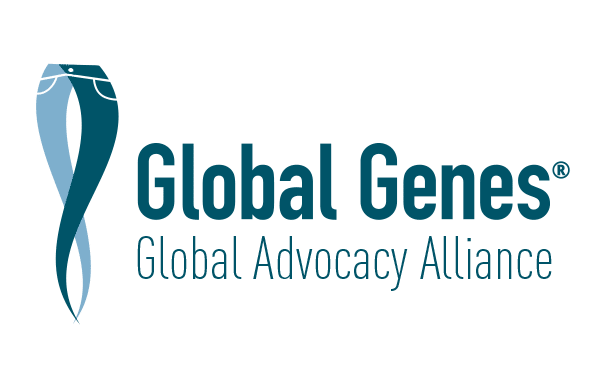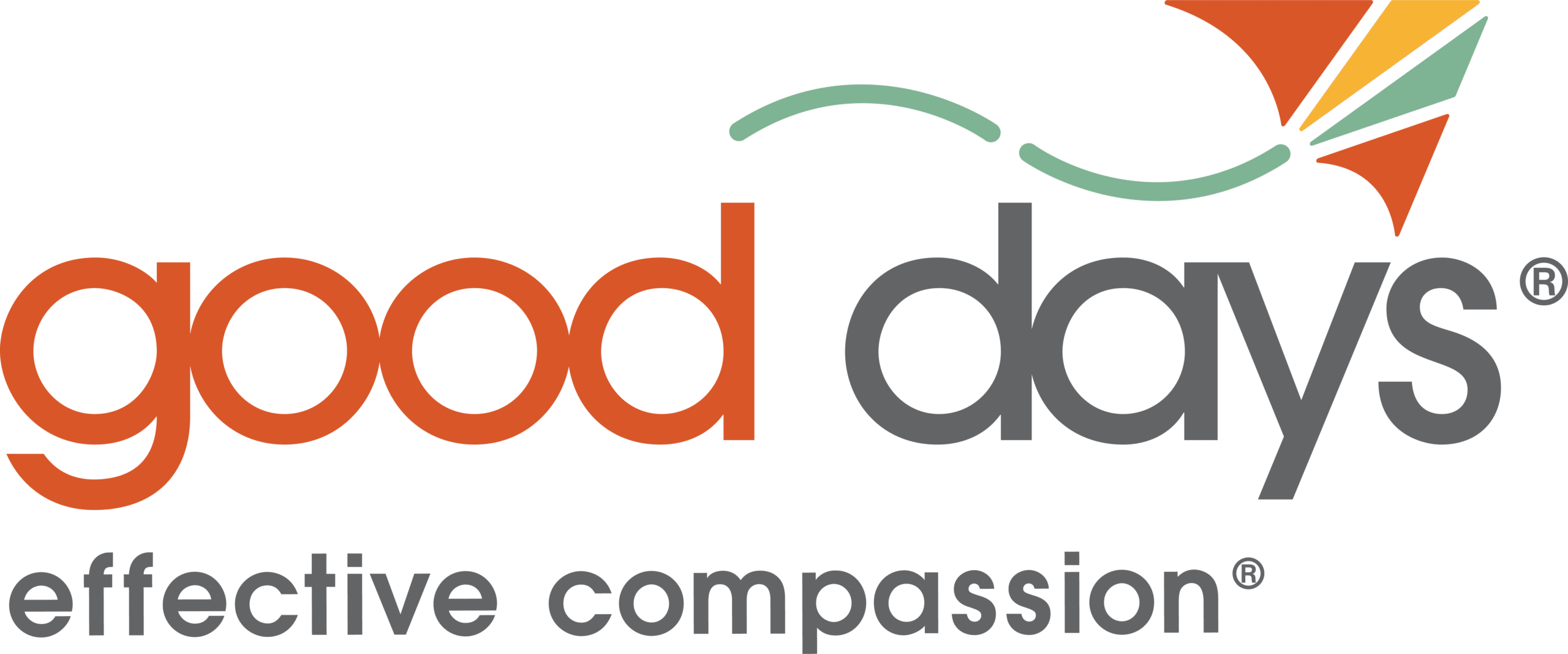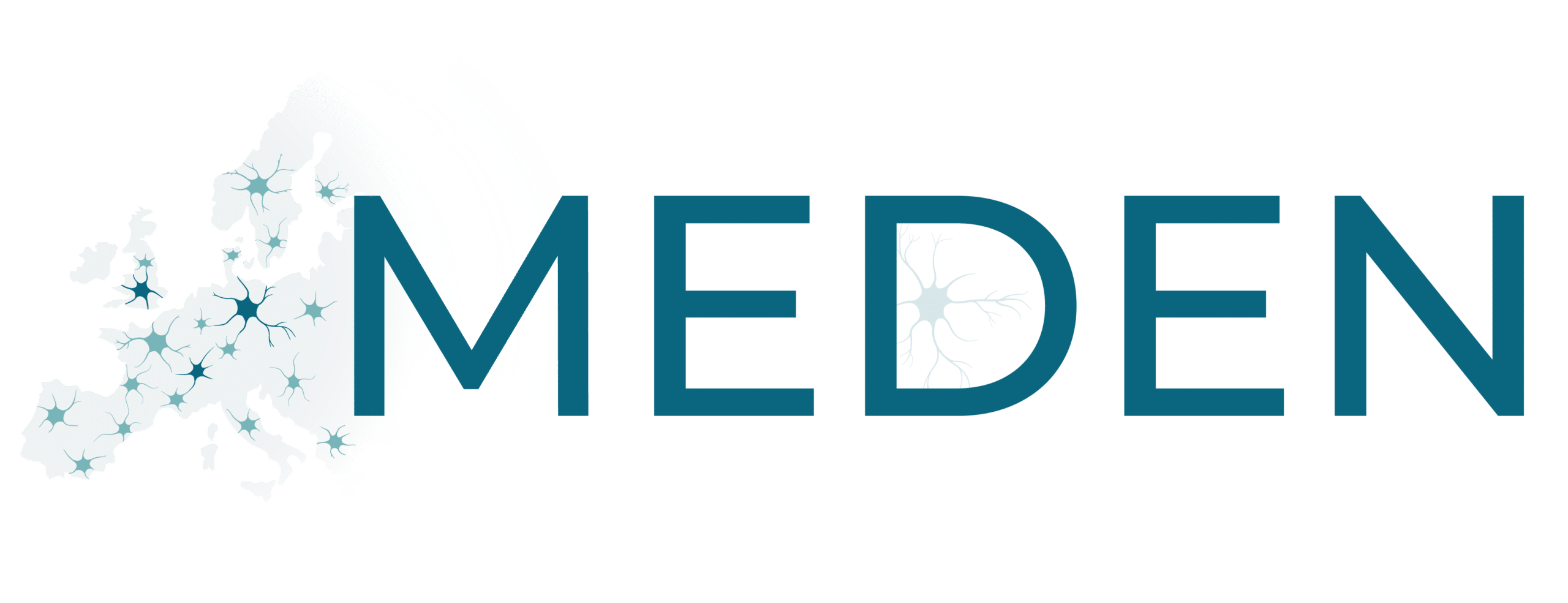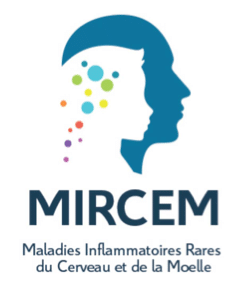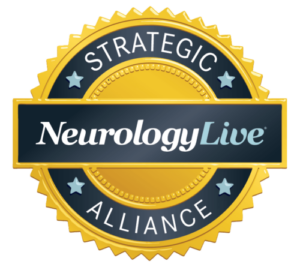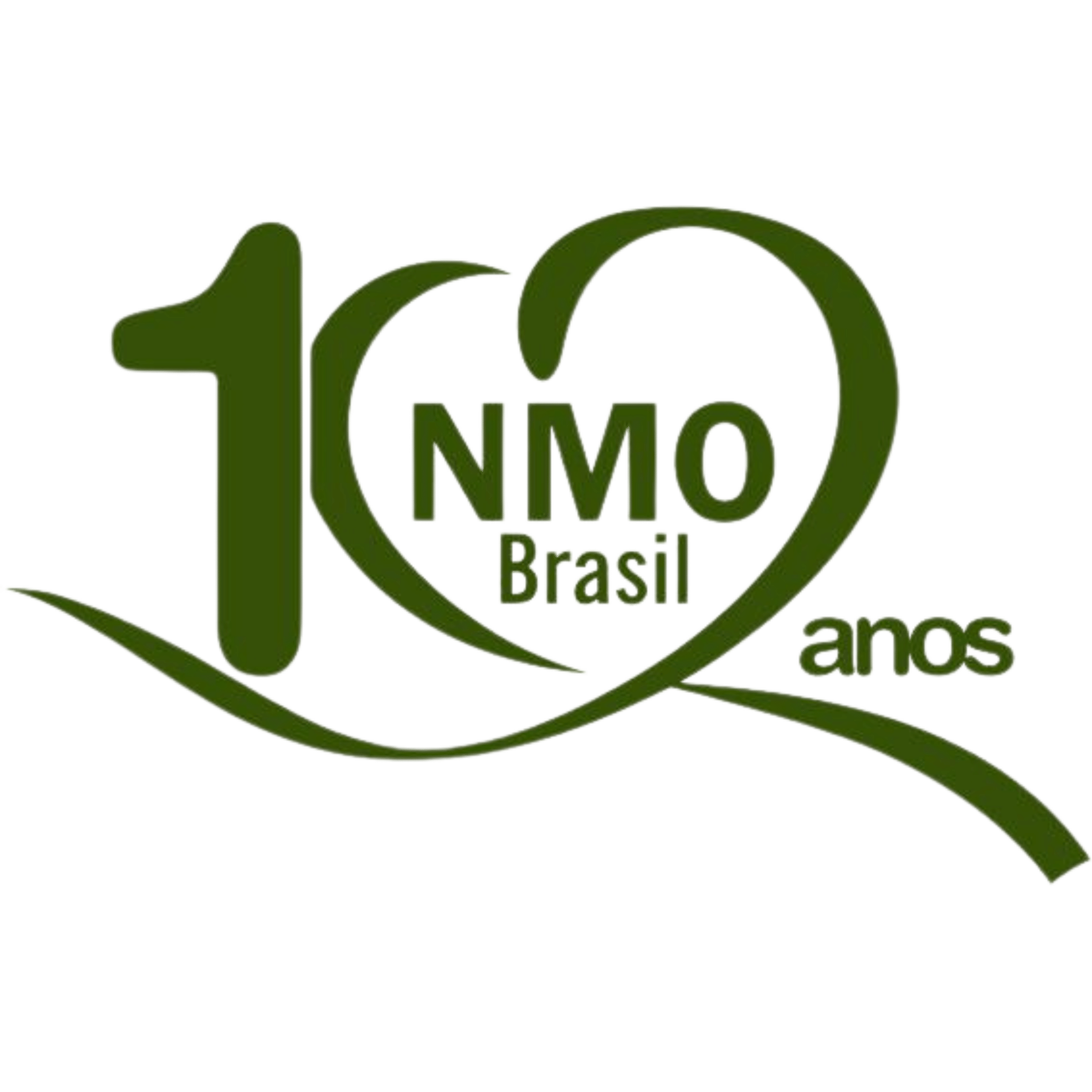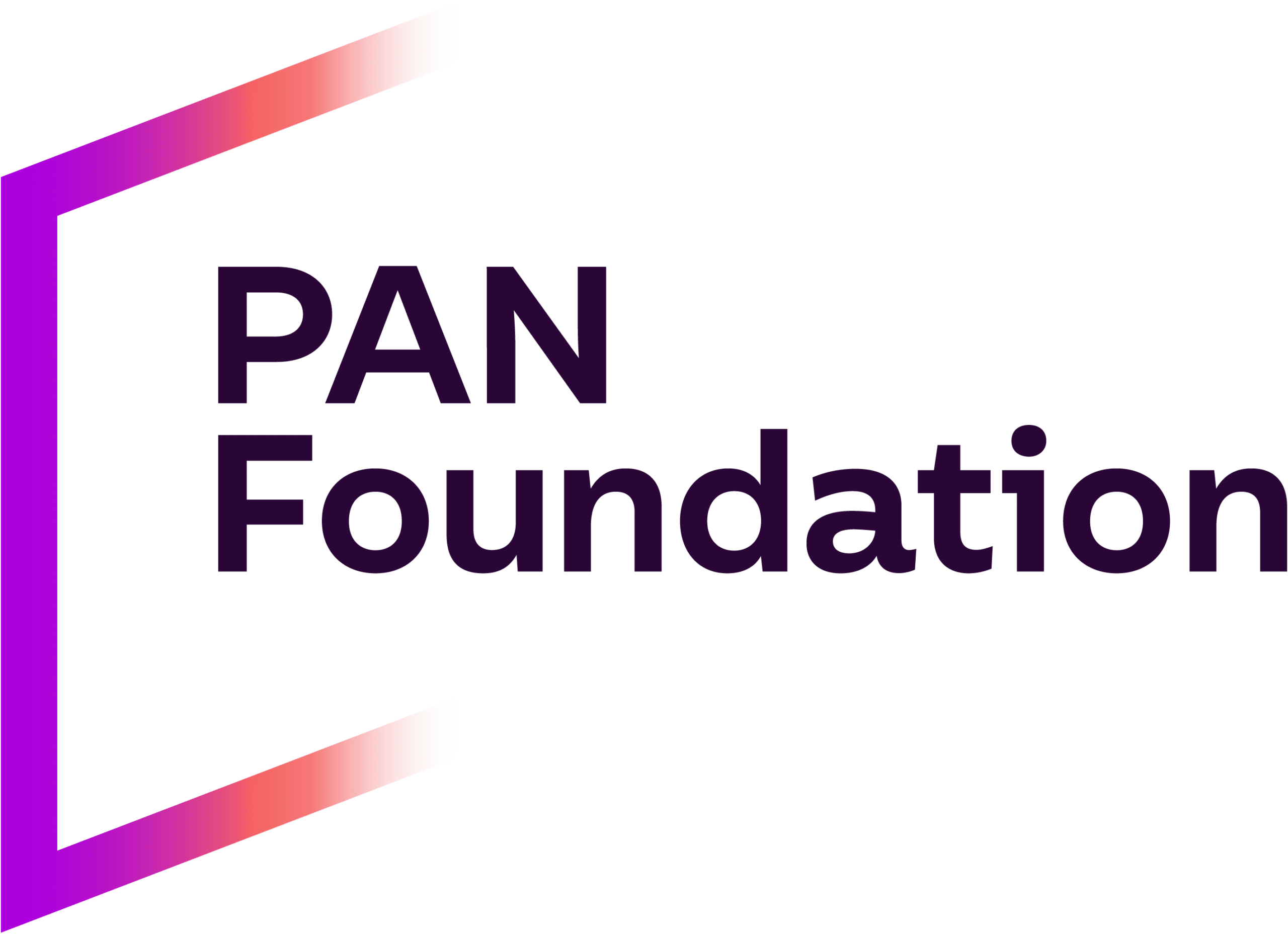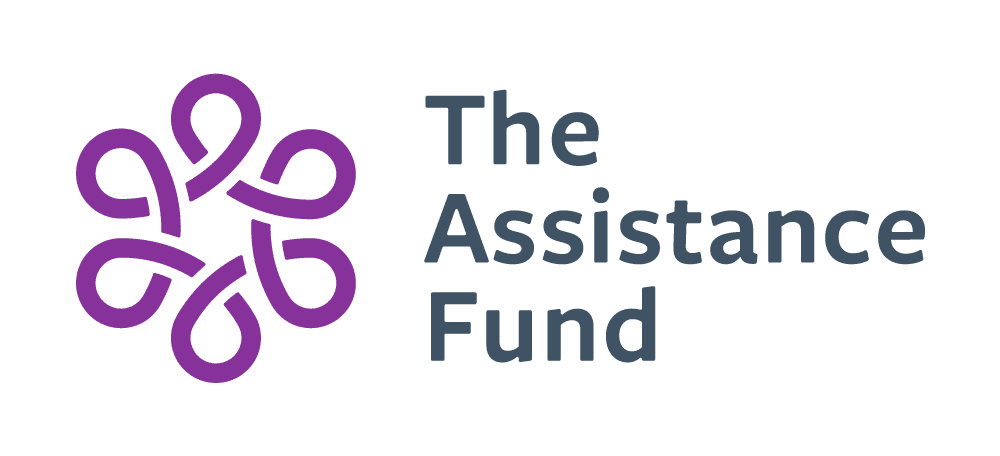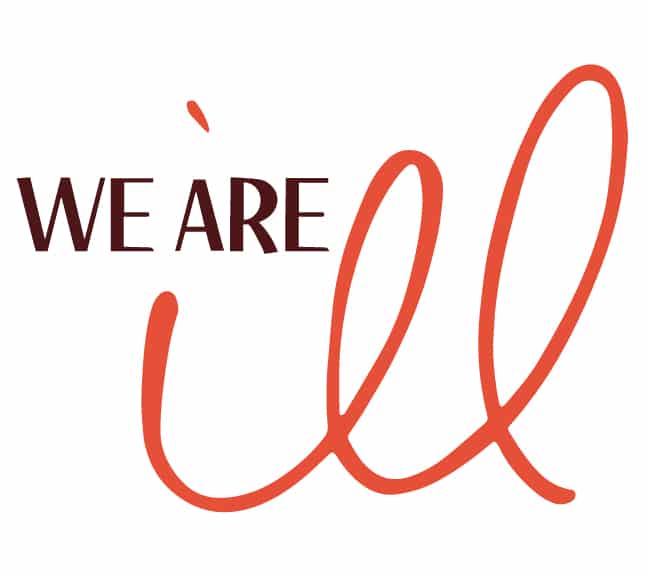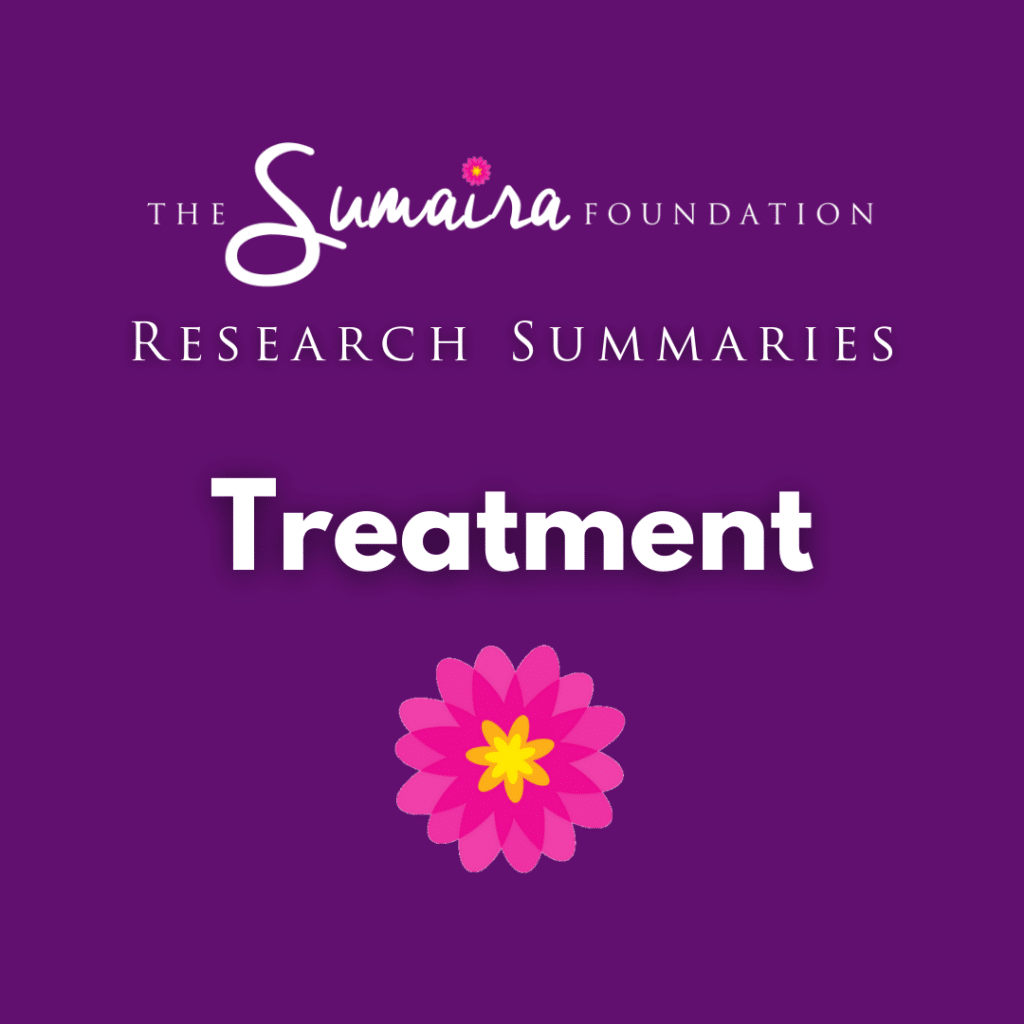
Indirect Treatment Comparison of Ravulizumab Versus Approved Treatment Options for Adults with Aquaporin-4 Immunoglobulin G-Positive (AQP4-IgG+) Neuromyelitis Optica Spectrum Disorder (NMOSD) (P10-14.005)
Journal: Neurology; April 9, 2024
Author(s): Stacey Clardy, Sean Pittock, Orhan Aktas, Jin Nakahara, Noriko Isobe, Diego Centonze, Sami Fam, Adrian Kielhorn, Jeffrey Yu, Jeroen Jansen, and Ina Zhang
How does ravulizumab compare with other approved treatments for NMOSD?
Ravulizumab has recently been approved in the US and Europe for the treatment of NMOSD. This study aimed to assess how well, compared to the other approved treatments, ravulizumab could prevent relapses in adults with NMOSD who test positive for the aquaporin-4 antibody (AQP4-IgG). The authors carefully studied all the existing published papers and used statistical modelling methods to compare how the different treatments would work. Two factors were considered to assess how well the treatments worked:
- Time to first relapse, that is, the time between treatment starting and the patient having a relapse
- Annualized relapse rate, that is, the average number of relapses a patient has in a year.
The treatments were assessed both when given alone (monotherapy) and when combined with other immunosuppressive therapies.
When given alone, ravulizumab reduced the time to the first relapse by 90% compared to satralizumab and inebilizumab but had similar effects as eculizumab. Similarly, given alone, ravulizumab reduced the average number of relapses per year by 98% compared to satralizumab and inebilizumab but had similar effects as eculizumab. When combined with other immunosuppressive therapies, ravulizumab reduced the time to first relapse by 85% compared to satralizumab but had similar effects as eculizumab.
Free Access: Abstract only








